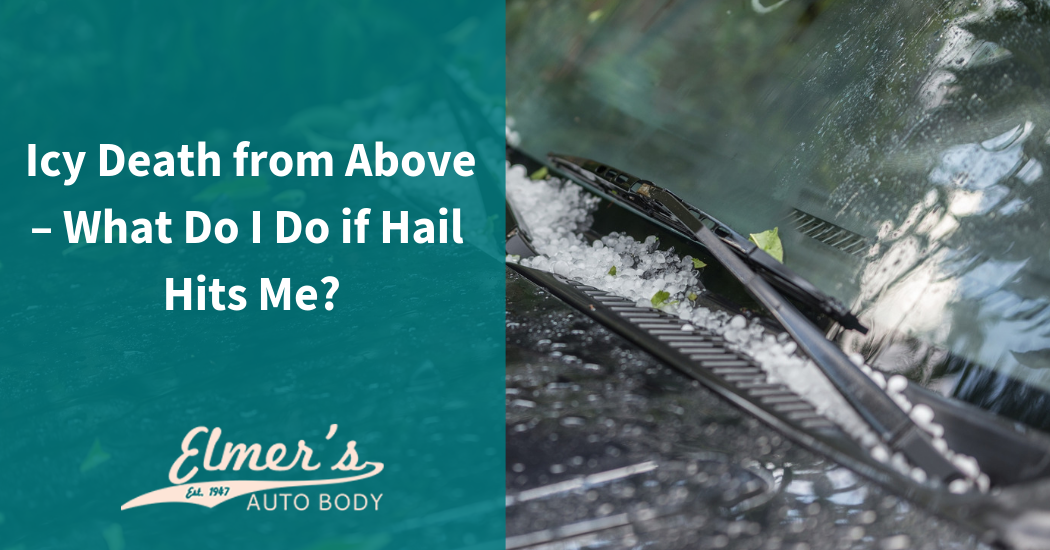Hail is one of the most destructive common natural disasters around. Sure, things like tornadoes, hurricanes, lightning, and wildfires wreak more havoc, they’re not nearly as common. Hail isn’t a difficult thing for the atmosphere to make – if you live in an area with frequent precipitation, at any point in the year, you run the risk of these destructive balls of ice plummeting from the sky.
At the speed, hail falls, and with the density of most hailstones, it may as well be a rain of boulders. They can severely damage roads, power lines, vehicles, and of course, buildings. Hail is, in fact, second only to conventional accidents, in leading causes of automotive damage.
When this happens, it can seem positively disastrous. It’s easy to panic, but that’s not a good idea. Below, we’ll talk about the steps you should immediately take, and answer some frequently asked questions about the concepts involved. Take a deep breath, everything will work out if you take this one step at a time.
Immediate Response to Hail Damage
- Insurance – The first thing you should do is contact your auto insurance provider, as is always the case with vehicle damage. Find out if hail damage is covered, and to what extent. This will determine the claim you can file. Your agent can help you with your claim if you’re uncertain where, to begin with this – it’s ok, that’s their job.
- Clean Up – Clean your vehicle’s exterior thoroughly, removing debris, dust or other foreign matter.
- Valuation – Next, have the damage thoroughly examined and appraised by either your insurance provider, a field inspector, or by a company specializing in this sort of valuation.
- Schedule your repairs right away, even if you’ve not settled a claim with your insurance provider yet.
Frequently Asked Questions
How long does a hail damage estimate take?
Between 30-45 minutes on average. Assessors follow a specific set of procedures, steps and criteria that’s pretty universal, regardless their employer.
Why do I need to clean the car first?
Assessors need to be able to determine the actual damage to the panels and paint which the hail has caused. With flakes of paint, debris or dirt present, it can be difficult to properly measure this.
What is pre-loss condition?
Assessors/inspectors will make note of damage that was present before the hail, which will not be factored in claims or repair cost assessments.
Why am I being asked supplemental questions?
Inspectors may have additional questions to clarify the conditions the vehicle usually exists within, usage of the vehicle, previous repairs made, etc.
What’s paintless dent repair (PDR)?
In the event that the paint isn’t damaged, modern techniques can remove the dents without damaging the paint, or replacing it.
What’s conventional body repair?
This generally involves replacing damages panels, which also involves painting to match the remainder of the body.
To learn more about how to schedule dent repairs, have further questions answers/concepts demystified, or to get a no-obligation assessment of existing hail damage, call us today or fill out our contact form. Don’t wait for this damage to get worse!

